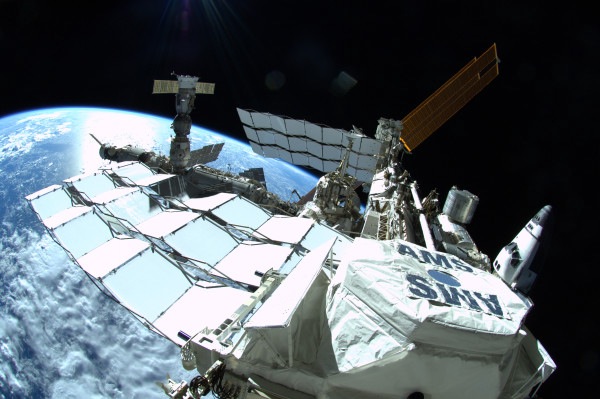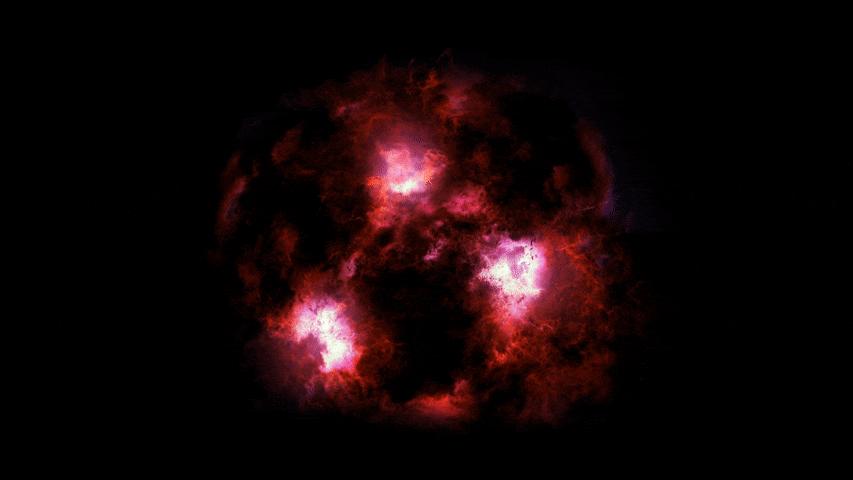When you purchase through link on our site , we may earn an affiliate commission . Here ’s how it works .
A Modern experiment that smashes gold nuclei at near light speed could mimic the particle soup created an instant after the Big Bang .
The experimentation , which will be carried out at the U.S. Department of Energy ’s Brookhaven National Laboratory in New York , has just begun pumpingliquid heliuminto 1,740 superconducting magnets to chill them to near absolute zero ( minus 273 degrees Celsius , or minus 459 degree Fahrenheit ) . At that full stop , the magnets can course indefinitely without lose any vigour .

STAR Detector at the Relativistic Heavy Ion Collider at Brookhaven National Laboratory (US)
The squad will then steer beams of gold ions — amber atom stripped of their electrons and positively excite — into each other at nearly the speed of light , creating scorching temperatures of 7.2 trillion degree Fahrenheit ( 4 trillion degrees Celsius ) . That ’s 250,000 time hotter than thesun ’s fiery core .
More stress
The experiments will scat inside the 2.4 - Roman mile - long ( 3.9 kilometers ) undergroundatom smasher , called the Relativistic Heavy Ion Collider ( RHIC ) , for 15 week at 100 billion electron volts ( GeV ) per colliding proton or neutron . ( The protons and neutrons inside the Au core group collide into one another inside RHIC . )

Though scientists have been run exchangeable experiments since 2000 , the 3.5 - month experiment will eclipse all of those elbow grease , make the same number of hit as all prior experiments combined , the researcher said .
" In terminal figure of purgative , this run will be as good as all the old runs combined , " Wolfram Fischer , familiar president for accelerators in Brookhaven ’s Collider - Accelerator Department , said in a financial statement .
Part of the intellect for this improved execution is a much higher rate of collisions , which hap because the beams of golden ion are cooler and more tightly focused than in past attempt . In one focusing technique , sensors measure out the random move of tiny subatomic particles and then employ electric fields to poke at those speck back in line . The new experimentation finally uses this proficiency , call stochastic cooling , to focus the shaft in three dimensions .

The tiny office where the beams collide have also shrunk , thanks to superconducting radio - frequency ( RF ) cavities . These dental caries create galvanizing fields that accelerate ions to higher zip without spreading out , and the superconducting cloth let them to use a bigger voltage , thereby creating inviolable fields .
" This new RF organisation provides even more focus power than the established cavum already installed at RHIC , " Fischer sound out .
uncommon particle

The experiment also uses raise silicon demodulator , like to the sensors found in a digital camera , which can better detect rarefied particles , such as alien heavy quarks know as " charm " and " beauty . " Though these particles are suddenly - lived , traveling just a hair ’s breadth before decaying , the newfangled sensing element should be able to detect them before they vanish by value the particles they turn into .
The " silicon sensors have unprecedented thinness — a mere 50 microns , about half the thickness of a human fuzz , " Brookhaven physicist Jamie Dunlop said in a statement . " Their tenuity and gamey resolution will take into account field of how particles made of heavy quarks flow from RHIC’squark - gluon plasma . "















